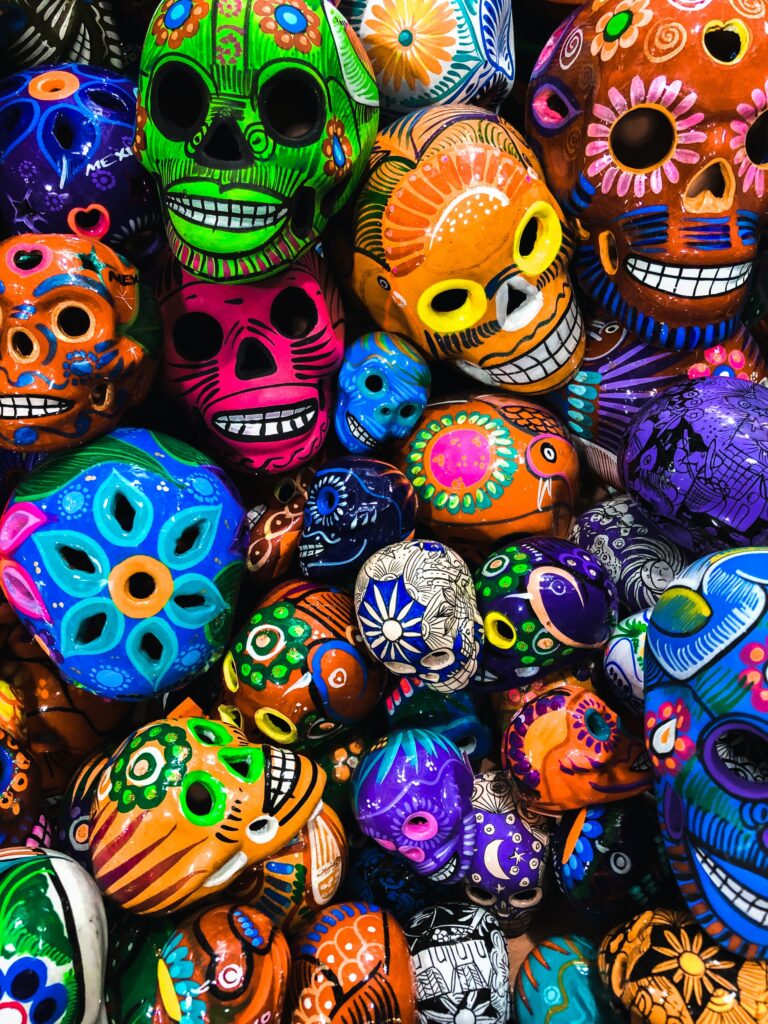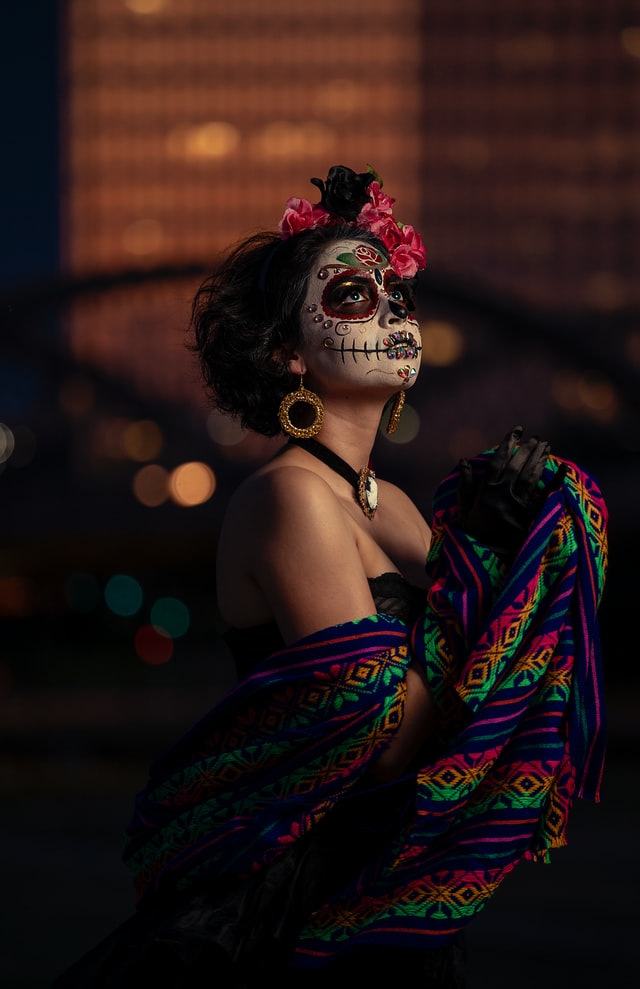
With the month of October coming to an end, we approach new month with more fall holidays. While Veterans’ Day and Thanksgiving, individuals from Latin American countries, especially Mexico, look forward to the Day of the Dead. Translated to “Día de los Muertos” in Spanish, the Day of the Dead is celebrated annually on November 1.
The holiday looks to honor those who have passed on with celebrations of their lives. Altars are assembled with photos of the deceased along with foods, drinks, and items that were important to them. Those who celebrate believe that their loved ones are woken from their rest to enjoy the day with their family members who are still alive.
According to National Geographic, the holiday combines Catholic traditions with rituals from the indigenous Aztec tribes of Central Mexico. More modern traditions include decorations with calacas and calaveras, which are skeletons and skulls, respectively.
As detailed in an article from Smithsonian Magazine, the following objects are not merely decorations, as they all have a deep meaning behind them. Marigolds are believed to help draw the dead to their alters, while salt is used to ward off anything that could harm the souls. Papel picado, or perforated paper, use complex designs to help the dead travel through.

Clothing and face painting are equally important to these celebrations. Arizona Central has compiled a list detailing the meaning of the colors most used in face-paintings, clothing, and decorations that are frequently seen during celebrations for “El Día de los Muertos.” Although there are no specifics on how to paint your face for these celebrations, it is tradition to write the name of a deceased love one on your forehead, as is custom on many calaveras. A Phoenix makeup artist featured in the article says, “There’s no right or wrong way. As long as it’s a representation of yourself of a loved one,” (Arizona Central).
Unfortunately, many outside of Mexican and Latin American communities view the holiday as an extension of Halloween, when the true meaning is much deeper than that. The day celebrates the continual cycle of life from birth to death, while honoring those who are no longer with us. With so much culture and tradition, the Day of the Dead is a great way to keep families close while keep the memories of deceased loved ones alive.
Leave a Reply